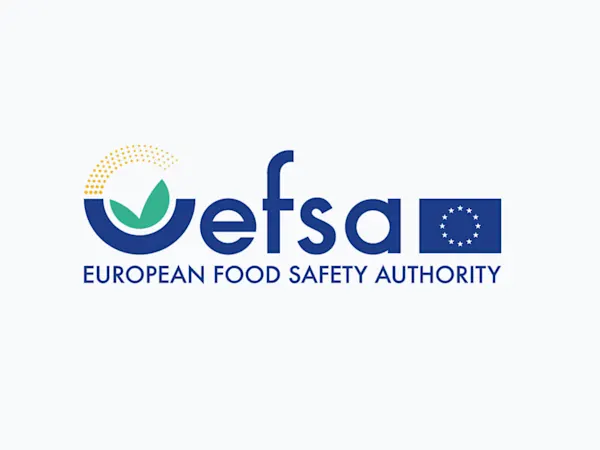
EU Ministers Press Commission on Delayed REACH Revision Amid Industry and Environmental Demands
EU Member States urge the Commission to accelerate the REACH revision, citing urgent health, environmental, and industry competitiveness needs.


The European Chemicals Agency (ECHA) has launched a six-month public consultation (18 June–18 December 2025) on a proposed restriction of certain Chromium (VI) substances under REACH Annex XVII. This marks a pivotal shift from the existing authorisation regime and affects professionals throughout the manufacturing value chain, from aerospace and automotive to coatings and electronics.
The restriction targets widely used but hazardous compounds—like chromium trioxide and various chromates and dichromates—known for their high carcinogenic potential. The proposal, if enacted, will demand new operational and monitoring standards, with stakeholders urged to respond by 18 September 2025 for early consideration.
Chromium (VI) substances are recognised carcinogens linked to serious health risks through inhalation and environmental exposure. Despite existing authorisation controls, inconsistent application across Member States and significant processing delays have prompted ECHA to recommend a more enforceable, harmonised approach via restriction.
Currently used across sectors for corrosion protection, electroplating, and metal finishing, these compounds include chromium trioxide, sodium dichromate, and potassium chromate. ECHA’s concern also extends to potential regrettable substitution with similar toxic substances such as barium chromate.
Two core regulatory options are proposed:
The restriction would apply to substances ≥0.01% w/w in mixtures, covering all stoichiometries and hydration forms. A uniform 18-month transition period is proposed following adoption.
Beyond manufacturers, the restriction could impact importers, downstream users, coating applicators, and the recycling sector. Companies will need to review monitoring practices, assess emissions, and potentially substitute materials—posing both cost implications and innovation opportunities.
The ECHA Committees for Risk Assessment (RAC) and Socio-Economic Analysis (SEAC) will finalise their opinions by mid-2026. Industry input during consultation will be critical to shaping the final regulatory design.
Foresight continuously tracks 1000s of sources and maps updates to your portfolio:




EU Member States urge the Commission to accelerate the REACH revision, citing urgent health, environmental, and industry competitiveness needs.

The EU has classified DBDPE as a substance of very high concern (SVHC) due to vPvB properties, affecting manufacturers and downstream users of flame retardants.

EFSA launches consultation on updating its Weight of Evidence and Biological Relevance guidance, aiming to streamline chemical risk assessment practices.
Subscribe to Foresight Weekly and get the latest insights on regulatory changes affecting chemical compliance.
Free forever. Unsubscribe anytime.
Read by professionals at